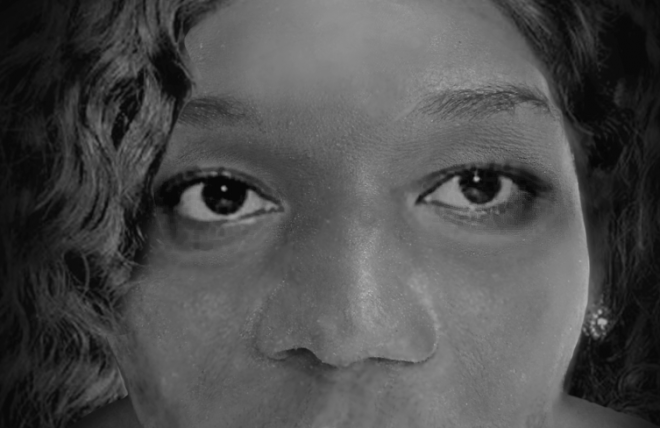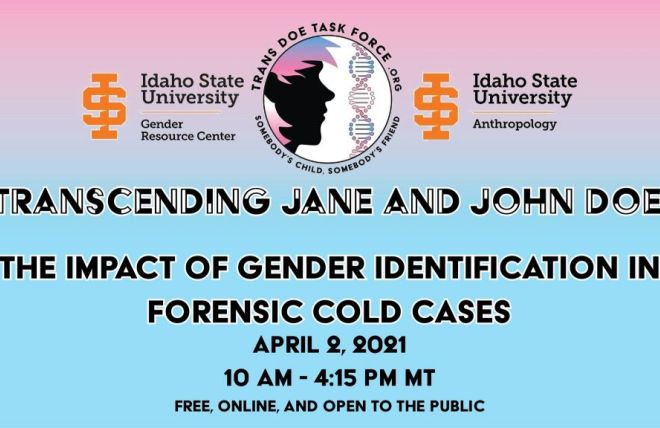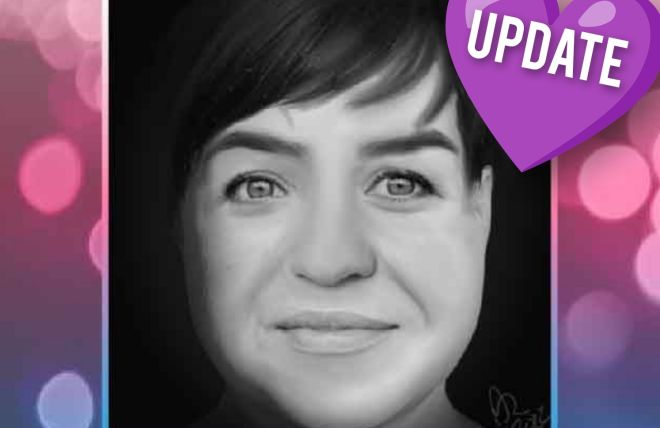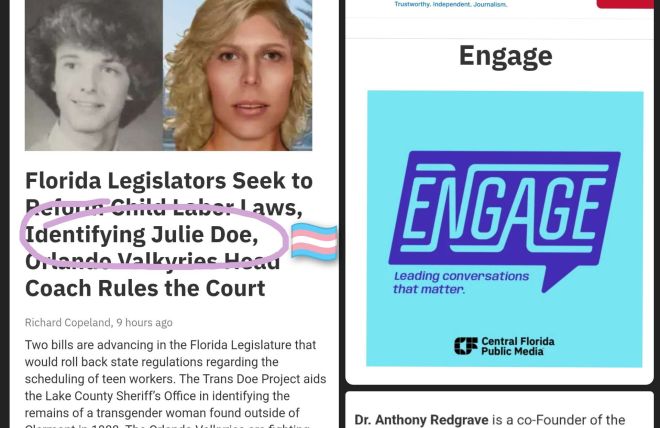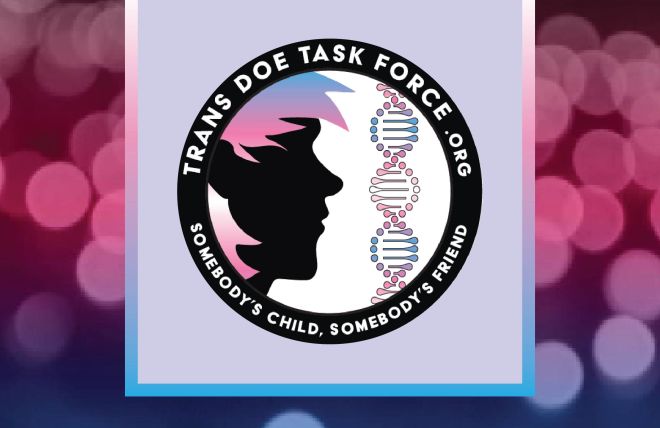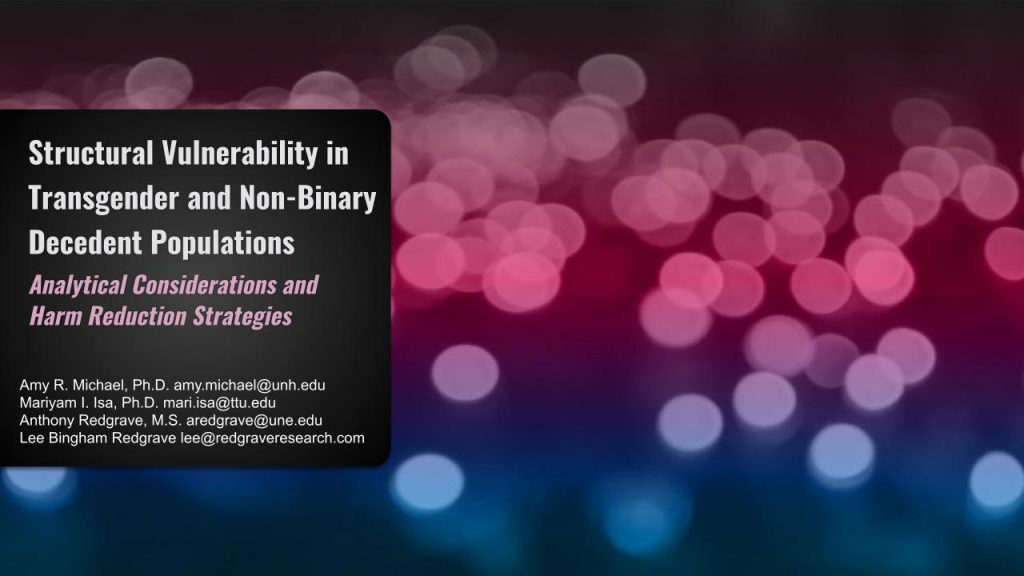
The Trans Doe Task Force has collaborated to present at the American Academy of Forensic Sciences (AAFS) Annual Scientific Meeting for the second year in a row. Consulting Anthropologists Dr. Mari Isa and Dr. Amy Michael and TDTF co-founders Anthony Redgrave and Lee Bingham Redgrave co-presented on Friday Feb. 19, during the Anthropology session. Our presentation, entitled “Structural Vulnerability in Transgender and Non-Binary Decedent Populations: Analytical Considerations and Harm-Reduction Strategies” addresses the anthropologist’s role in honoring the lived identity of non-binary and transgender decedents. Read the abstract on this page below, and watch the recording of our presentation:
We would like to thank everyone who has reached out to us with feedback on our poster from AAFS 2020. Several students and professionals have let us know that it inspired new directions for their own research, and it has been cited in other papers, presentations, and a textbook in the past year. It is extremely encouraging to have our work be so well-received, and we are grateful for the ability to present once more this year in virtual format.
Structural Vulnerability in Transgender and Non-Binary Decedent Populations: Analytical Considerations and Harm-Reduction Strategies
Learning Overview: After attending this presentation, attendees will have learned about structural vulnerabilities affecting transgender and non-binary individuals, how these vulnerabilities may affect the circumstances and investigations of their deaths, and how a structural vulnerability assessment can reduce harm in the identification process.
Impact on the Forensic Science Community: This presentation will impact the forensic science community by providing a framework for understanding barriers to identification and offering suggestions for harm reduction in forensic cases involving potential transgender and non-binary decedents.
Structural vulnerability assessments have been proposed as a way to plan ethical and equitable treatment in medicine and research.1 Soler et al. propose the application of a structural vulnerability assessment to forensic work.2 They explore vulnerabilities specific to undocumented migrants and argue that understanding these vulnerabilities is essential to harm reduction in investigation and identification efforts. While different intersecting socioeconomic and cultural factors affect the life and death experiences of transgender populations, this study proposes that a structural vulnerability assessment model is also a useful lens for navigating non-binary cases.
The physical bodies of transgender decedents may record the biological consequences of structural vulnerability. Disparities can manifest skeletally as antemortem/perimortem trauma and non-specific indicators of stress and in the treatment of bodies after death. Applying the temporal framework proposed by Soler et al., antemortem, perimortem, and postmortem vulnerabilities will be explored for non-binary decedents.2
Antemortem: During life, systemic marginalization can result in economic (e.g., low wages, barriers to education and employment, unsafe working
conditions), social (e.g., disintegrating ties with family support networks, susceptibility to interpersonal violence), and health (poor access to food and
housing resources, refusal of care by providers) disparities. Many issues affecting transgender and non-binary people are intersectional; Black,
Indigenous, and low-income decedents may also be affected by these issues.
Perimortem: Transgender and non-binary people face increased risk of violent death and suicide, so they may become subjects of medicolegal
investigations at a disproportionate rate compared to their share of the population.3 Simultaneously, gender identity or status may not be accurately recognized in the initial stages of a death investigation.
Postmortem: Postmortem identification efforts often uncover an individual’s “deadname,” rather than the name by which they lived and were known to friends and chosen family. An unsupportive biological family or reporting agency may misgender or deadname decedents in reports, thus impeding search efforts. Some families may also refuse to initiate a search or to collect remains once identified.
Assessment of trans-specific structural vulnerabilities may inform investigative strategies and identification efforts and ensure these efforts prevent further harm to the decedent, their memory, and their family (biological or chosen). Forensic anthropologists can participate in harm reduction by: (1) acknowledging that the existing binary (Jane or John) for Does does not encapsulate lived experiences of many decedents; (2) recognizing that biological and contextual evidence is necessary to achieve identification; and (3) appreciating that distributing this information may cause further harm.
Just as there is no one way to “be” transgender or non-binary in life, there is no one presentation in death. Anthropologists should recognize and accept
the “gray areas” in identifying and researching transgender and non-binary decedents, while generating inclusive and accurate language in reports and
communications with law enforcement. Sex estimation is a critical piece of the biological profile but has limitations. This study cautions that research
centered on skeletal indicators of gender identity poses ethical concerns because medicalization of gender has been used historically to justify nonconsensual medical intervention.
Anthropologists should ask for and accept assistance from trans-informed community members and advocates during the investigation process, as
detailed interpretation of remains, associated clothing/artifacts, and recovery context is necessary in cases with scant evidence or long postmortem intervals. Collaborative approaches between forensic anthropologists and other professionals (e.g., genealogists, LGBTQ+ advocates) can result in sensitive and accurate identifications for individuals whose physical appearance at death may not correspond to their government-issued records.4
Finally, while a principal tenet of forensic anthropology is to return the dead to their family, it is emphasized here that this process may cause further harm. Honoring lived identity after death is a complex process; while community members do this as an extension of mourning the dead, forensic practitioners have only recently begun to explore these complexities.
Reference(s):
- Quesada, J., Hart, L.K., Bourgeois, P. 2011. Structural Vulnerability and Health: Latino Migrant Laborers in the United States. Medical
Anthropology 30:339-362. - Soler, A., Beatrice, J.S., Reineke, R.C., Martinez, D.E. Beyond Identification: Structural Vulnerability and the Investigation of Migrant Deaths. Proceedings of the American Academy of Forensic Sciences, 72nd Annual Scientific Meeting, Anaheim, CA. 2020. A87.
- Human Rights Campaign Foundation. 2018. A National Epidemic: Fatal Anti-Transgender Violence in America in 2018. https://assets2.hrc.org/files/assets/resources/AntiTransViolence-2018Report-Final.pdf?_ga=2.64681327.1191269802.1570129723-
2062334073.1570129723. - Michael, A.M., Isa, M.I., Bingham Redgrave, L., Redgrave, A. 2020. Collaborative Approaches in the Identification of Transgender and Gender Variant Decedents. Proceedings of the American Academy of Forensic Sciences, 72nd Annual Scientific Meeting, Anaheim, CA. 2020. A1.
